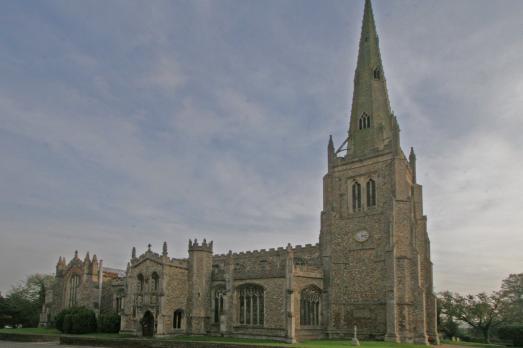
St John the Baptist with Our Lady & St Laurence
Thaxted, Essex | CM6 2QY
Simon Jenkins, when chairman of the national trust, wrote 'Thaxted is the Queen of Essex and her crown is the church'.
We have supported this church
Search for a fascinating place to visit, or see the variety of churches, chapels and meeting houses we have supported.

Thaxted, Essex | CM6 2QY
Simon Jenkins, when chairman of the national trust, wrote 'Thaxted is the Queen of Essex and her crown is the church'.
We have supported this church

Stawell, Somerset | TA7 9AZ
The church stands at the centre of the village where modern houses occupy the sites of farmyards and are thus cheek by jowl with ancient farmhouses.
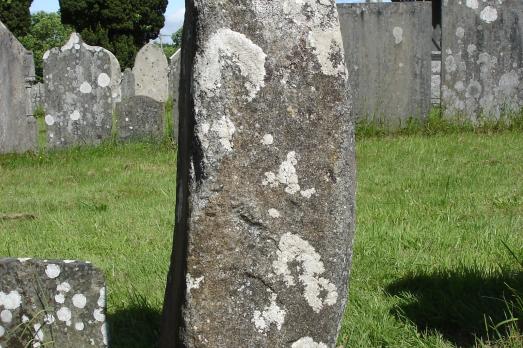
Cilgerran, Pembrokeshire | SA43 2RZ
This church is the best example in the county of correct Ecclesiological Gothic of the English Decorated style, it also has the finest collection of stained glass.
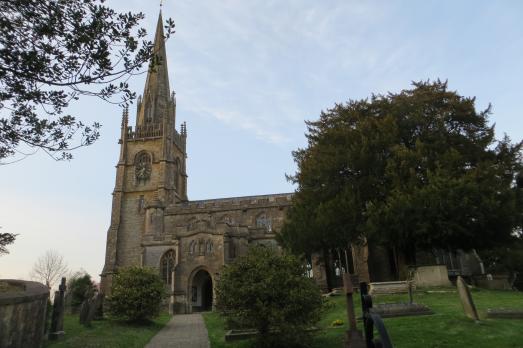
Castle Cary, Somerset | BA7 7EJ
All Saints was built in the 15th century on an ancient site, with its tall spire and 16 ornate pinnacles dominates the skyline of the picturesque market town of Castle Cary.
We have supported this church
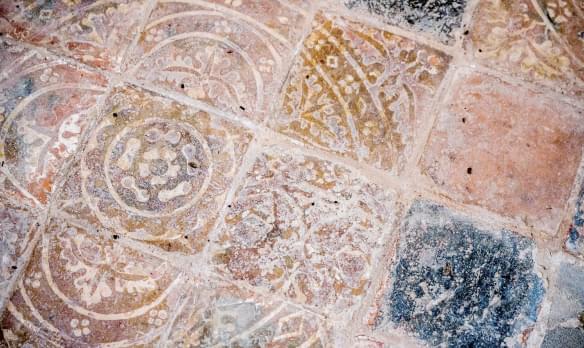
Bemerton, Wiltshire | SP2 9NR
A small 13th century church.
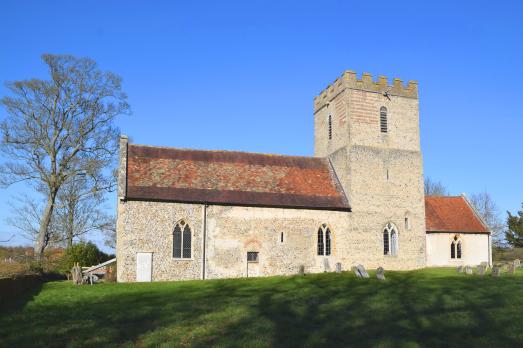
Ousden, Suffolk | CB8 8TN
A rare Norman tripartite church which has been in regular use for the last 850 years and occupies a commanding position overlooking the Ousden Valley.
We have supported this church

Butleigh, Somerset | BA6 8SH
There has been a church on this site since Saxon times; much of the present configuration and appearance dates from the mid 19th century.
We have supported this church
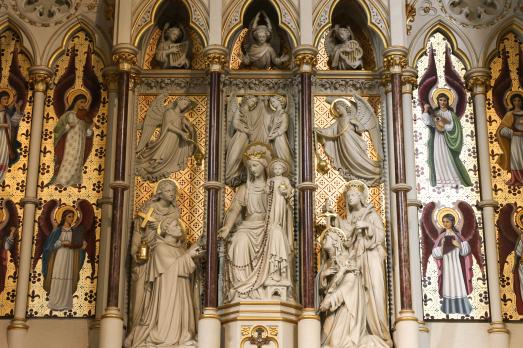
Haverstock Hill, Greater London | NW5 4LB
London's Rosary Shrine is the main church of the Dominican friars in England, completed in 1883 as a unique testimony in stone and glass to the power of the prayer of the Rosary.
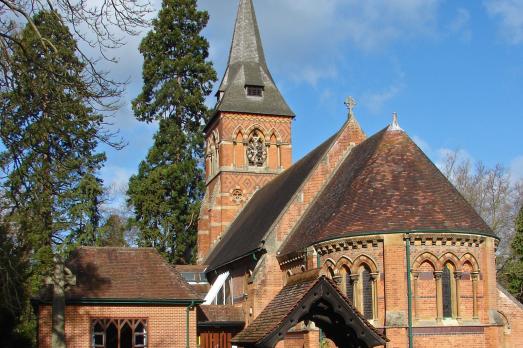
Ottershaw, Surrey | KT16 0PB
This village church, consecrated in 1864, has an extensive churchyard and a wide variety of interior decoration.
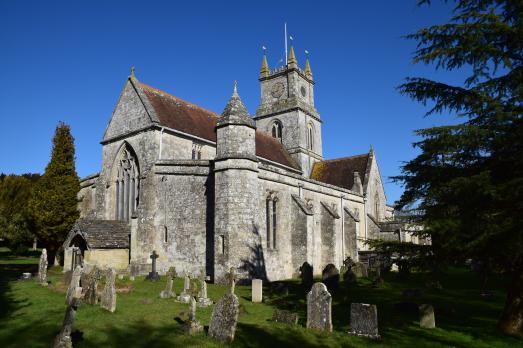
Tisbury, Wiltshire | SP3 6AZ
Visit St John the Baptist in the heart of Tisbury, Wiltshire, and discover our wonderful new east window by Tom Denny.

St Johns Wood, Greater London | NW8 9UT
An inclusive, beautiful church with a strong culture of welcoming.

Shepherd's Bush, Greater London | W12 8JJ
A gem at the heart of a busy corner of west London.
We have supported this church